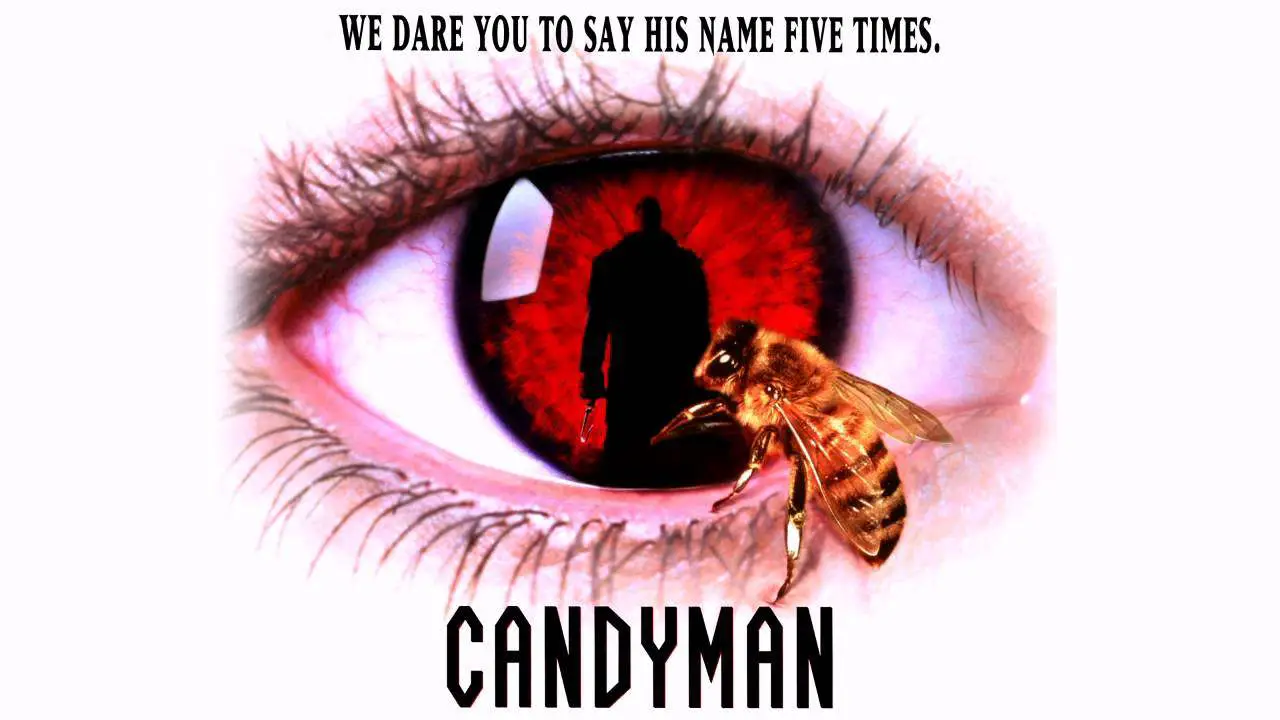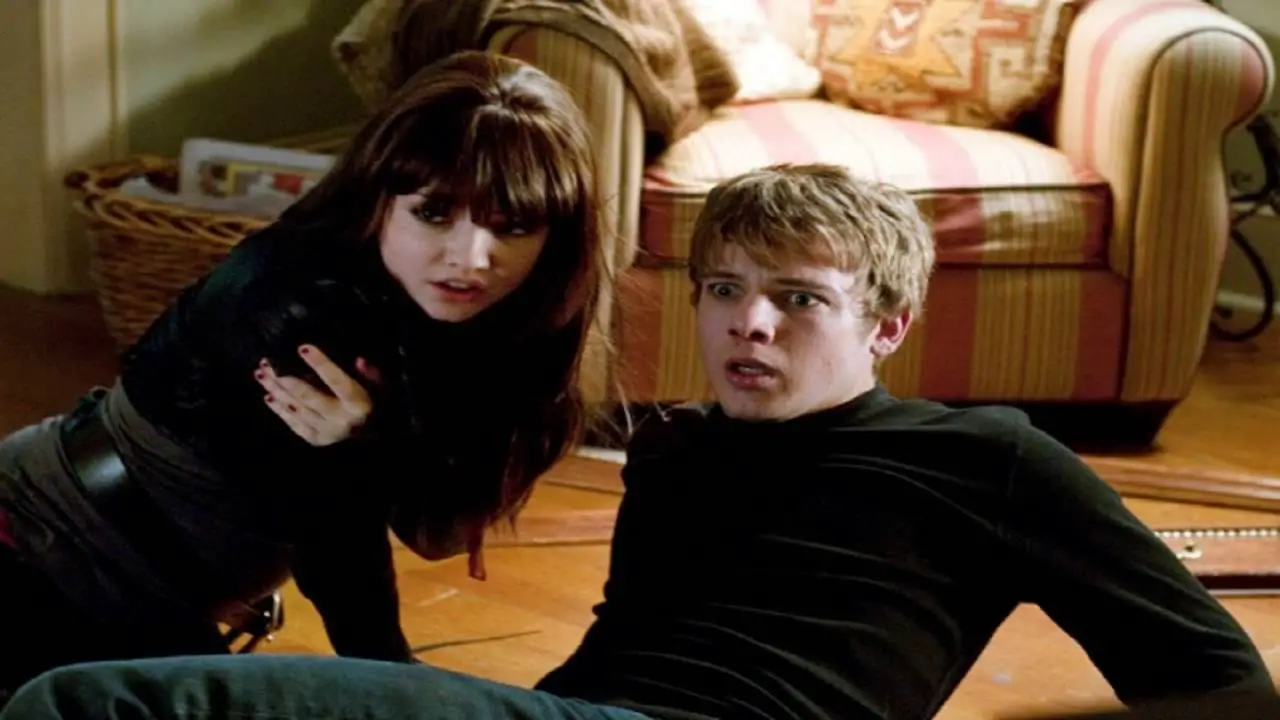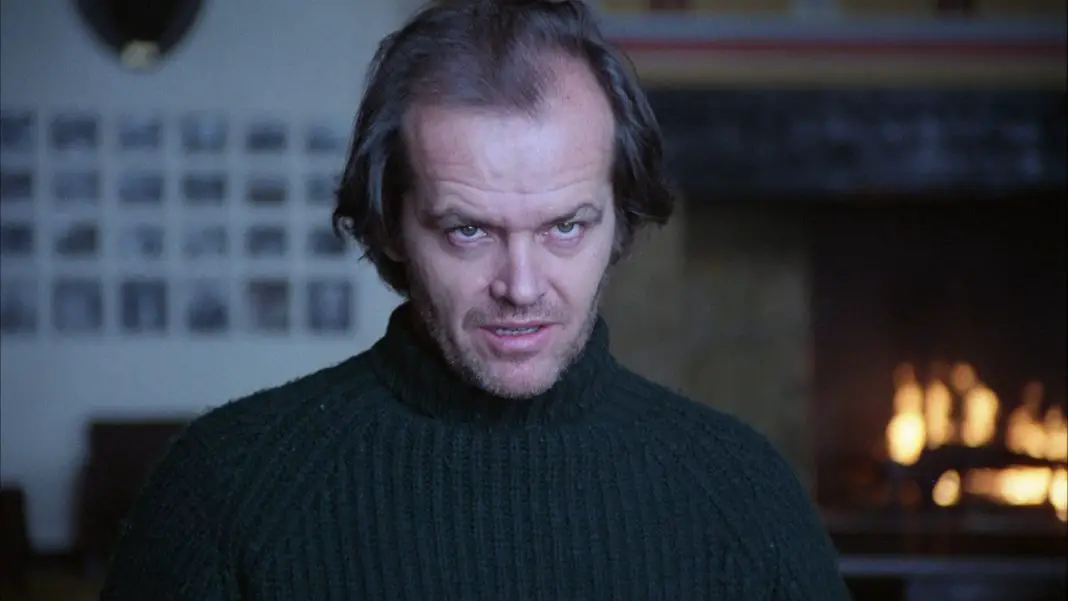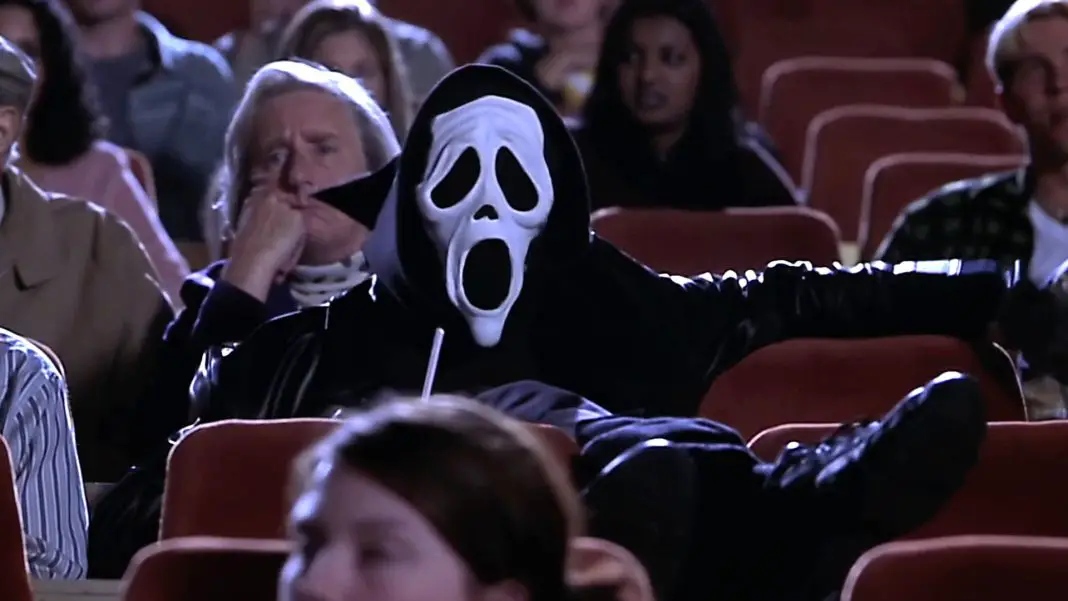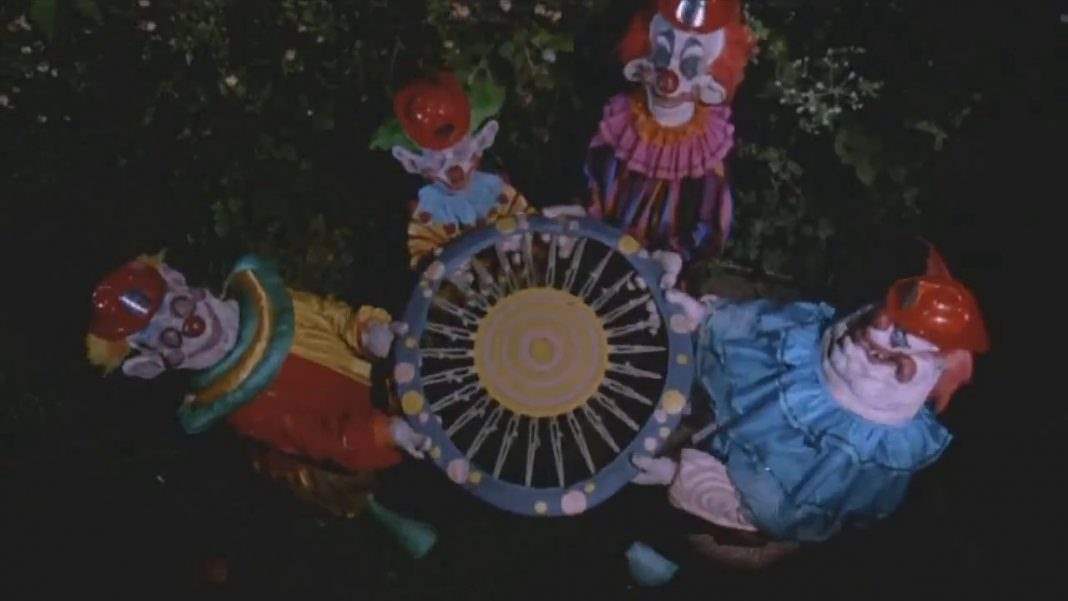Candyman is, without a doubt, one of the best horror films of the 1990’s. This was a decade in which horror was constantly questioning and trying to redefine itself. What had worked in the 1980’s? What hadn’t worked? This sort of questioning ended up actually being what defined the genre in that decade, truly giving birth to the age of the meta horror on film. Scream was notorious for this and, appropriately, also became the decade’s most famous work of horror. New Nightmare also did it in a more subversive manner.
While it’s become fairly well regarded as a classic, Candyman doesn’t get nearly enough credit for being as perfectly metafictional as it is. This goes back to the short story on which it’s based, Clive Barker’s “The Forbidden.” Inherently, it’s a story about the power of stories. Why they exist and the power they have on their own. In the short story, Helen is exploring the urban neighborhoods of London doing a project on graffiti, hearing the local urban myth of the Candyman, a hook-handed boogeyman.
Like any adaptation, there are changes. But this is one of the rare cases where every single one of those changes is brilliant. It’s now set in Chicago, in Cabrini Green. Helen is working on a thesis on urban mythology. The Candyman is not only a hook-handed boogeyman, but one who can be summoned by saying his name five times in a mirror, and now has an added tragic backstory. These things are not forced. They cement Candyman as what it is: A film about urban legends.
The narrative of Candyman is so great because it looks so simple at the onset, but it’s not. Because it raises questions. Is the Candyman’s backstory true? Does the Candyman even really exist? Did his story get told enough times that he actually became real? And, if the Candyman is only real because the stories are so wholly believed, would that mean Helen isn’t real? Is this a woman’s descent into madness, or just another urban legend being told and retold?
There are so many different ways to read this one film, it’s staggering. Both Cive Barker and director Bernard Rose have to be congratulated for that. Sure, as the franchise goes on it becomes more straightforward, the Candyman’s backstory is exactly the backstory that was given, but that doesn’t affect the way one can read the first film.
At its core, it’s a story about the power of stories. It’s about the power of urban legends, it’s about why we need them and why they are told so many times, over and over again. And there’s a romance to it as well. The great thing about the Candyman as a character is how it feels almost autobiographical for the filmmakers themselves. Candyman is so romantic, what he says is so alluring because he represents the passion for stories that his creators have.
Of course, Helen Lyle is the audience’s focal point. She’s the person in over her head, the character everyone can attach themselves to and relate to. Everything is getting worse and worse for her throughout the film. The Candyman’s motive is so interesting and does so much to set him apart from other villains. The thing that drives the Candyman narrative is that he wants Helen to die. Which is what all monsters want. But he wants her to die so that she will be a story like him. He wants to turn her into an urban legend.
Which seems like it would be a very short movie, but the brilliant thing is that he doesn’t want an unwilling victim. He doesn’t want to kill her until she wants to die. This kind of makes Candyman the storyteller in many ways. He is the writer manipulating her life, the narrative, until death is basically her only option. It’s her way out. He wants to wait until he’s actually appealing to her.
All of these elements go into making Candyman one of the best horror movies of the 1990’s and one of the most underrated meta-horror pictures of all time. Bernard Rose turned down the opportunity to direct the second film, which would have been based on Barker’s “Midnight Meat Train” in order to do his excellent Beethoven piece Immortal Beloved with Gary Oldman. Which makes Candyman another excellent entry in a great career from not only Rose, but obviously Barker as well.
Will the upcoming Jordan Peele produced reboot/spiritual sequel do justice to its predecessor? Only time will tell. But with a talented creative team already on board, we are hopeful.
